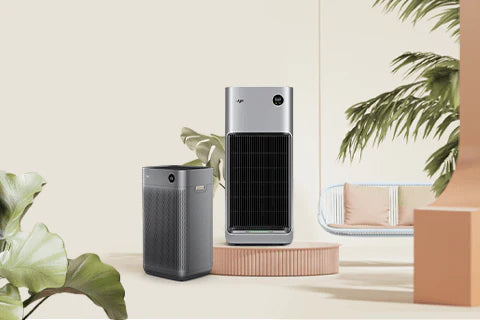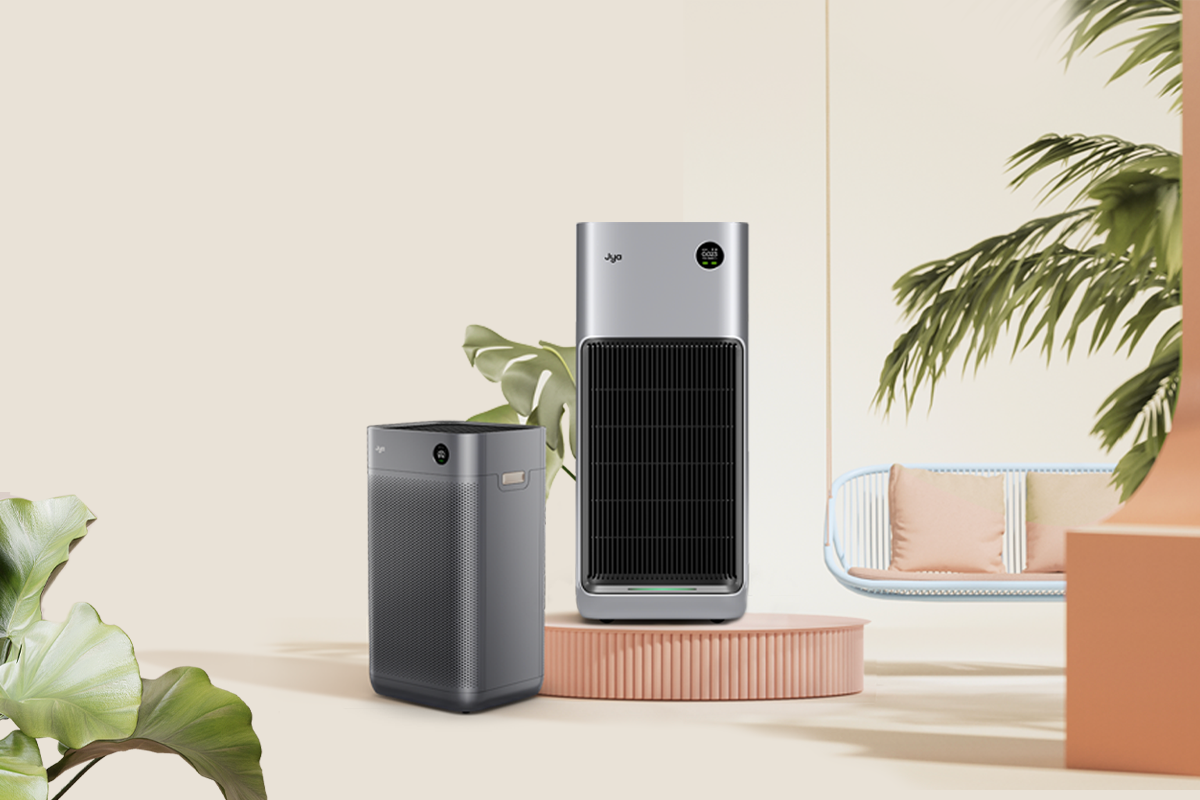Summer allergies: how they are different and how to deal with them
Seasonal allergies are becoming more and more common, likely due to increased exposure to outdoor plant allergens. Today, an estimated 30% of the entire world’s population suffers from unpleasant airborne allergy symptoms, and unfortunately, they don’t necessarily go away at the end of Spring.
What are Summer Allergies?

While it’s true that visible pollen coating cars and sidewalks are generally a Springtime phenomenon, outdoor plants actually continue to pollinate throughout the Summer. Different plants pollinate at different times of the year, however, so your allergies may worsen during specific seasons. Here are the outdoor allergens that are most common during the Summer:
- Grass: the most common source of Summer allergies, various types of grass are found across the globe and produce pollen almost exclusively during the Summer months.
- Ragweed: commonly considered an undesirable weed, Ragweed is a flowering plant and one of the worst offenders for Summer pollen production
- Other weeds: lamb’s quarter, sagebrush, tumbleweed, and pigweed are other common plants that release pollen from June through November
- Perennial plants: including things like Mugwort and Nettle, these flowering plants are a problem for allergy sufferers in the late Summer and early Fall.
- Mold: In addition to pollen, airborne mold spores (another common outdoor allergen) tend to peak in the Summertime.
People also tend to spend more time outdoors this time of year, further exacerbating Summer allergy symptoms.
What are the symptoms?

Seasonal allergy symptoms are often similar to those of a common cold, leading many people to confuse the two. Generally speaking, if your symptoms last longer than two weeks, you are likely suffering from allergies. Seasonal allergies also generally do not cause a fever, while the common cold sometimes does. However, you should always speak to your doctor if you are concerned about any medical symptoms. Common Summer allergy symptoms include:
- Stuffy or runny nose
- Coughing
- Sneezing
- Itchy eyes, nose, or throat
- Fatigue
How do I minimize Summer allergy symptoms?

While it’s impossible to completely eliminate the negative effects of Summer allergies, there are powerful steps you can take to minimize symptoms.
- Limit exposure
Keep windows and doors closed to prevent pollen from freely entering your home. It’s also a good idea to keep an eye on the pollen count and try to avoid extended outdoor activities on severe days.
- Wear a face-covering outdoors
If possible, wearing a simple cotton mask or similar protective covering has been shown to lower the amount of pollen that enters the respiratory system.
- Shower after going outdoors
While outdoors, pollen will settle in your hair, on your skin, and on your clothes, triggering allergy symptoms throughout the day. It’s a good idea to shower after exposure (and before bed) to minimize contact.
- Get a household air purifier
No matter how clean you keep your home, pollen will get inside during the Spring and Summer months. The right air purifier with proper HEPA technology, like the Jya Fjord Series, will remove almost all of the pollen from your indoor air.
Jya Fjord Series Air Purifiers

Ideal for fighting Summer allergies, our most advanced allergy air purifiers, the Jya Fjord Series, feature our exclusive NanoGuard™ Filtration system that captures up to 99.99% of pollen particles (and other particles as small as 1 micron in size). An automated cleaning mode, multi-stage filtration, and clever smart home features make it easier than ever to say “no” to indoor allergy symptoms.
And, for a limited time, you can save up to €69 on your own Jya Fjord series air purifier, thanks to our exclusive Summer Deal! There’s no better time to invest in fresh, clean, pollen-free air for you and your family.



